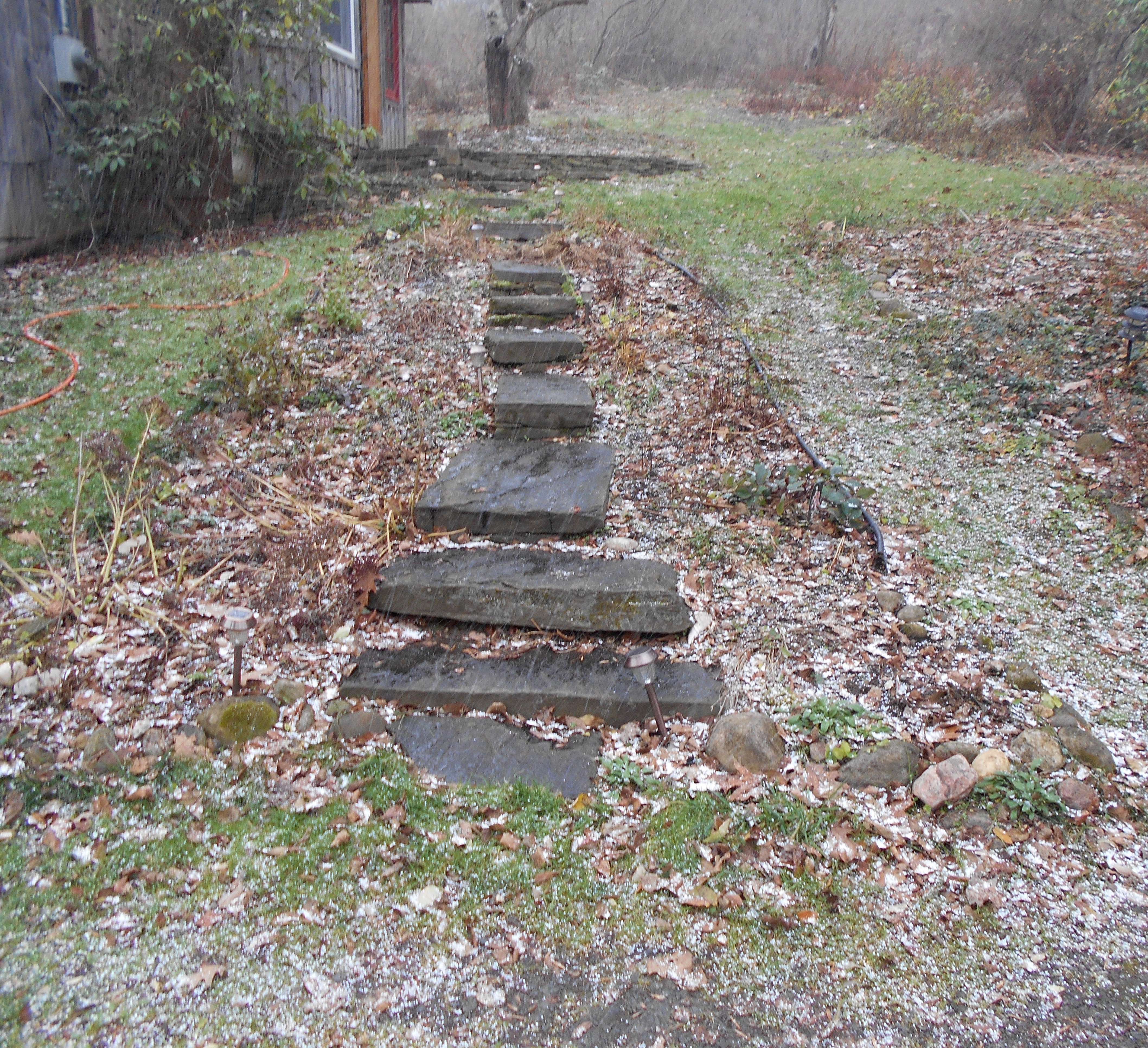How do you talk with students about Paris, Beirut, Mali or any acts of terror and violence, or whenever something dreadful happens and you feel frightened or pissed off? You might feel numb, scared, mute. You might want to cry out for revenge, or cry out to stop the killing. All understandable. All emotion is understandable. But what do you do with it? And how do you teach your children or students about it?
This is a complex question and, unfortunately, answering this question needs to be part of the curriculum, especially of secondary schools. There are at least two directions this can take. One is teaching students how to face emergencies. The other dimension is helping students learn about the attacks, what led to them and what might be done to prevent further violence.
First, I suggest starting by feeling and hearing what is going on in yourself. You have to be honest and willing to face uncomfortable feelings and look deeply into your own ways of thinking. Then you need to hear from students. “What do you feel? What responses to the violence have you heard or seen?” By listening, you say to yourself and your students, “you are strong enough to face this and I care enough to listen.” You teach empathy and emotional awareness.
In the face of violence, when emotions are lighting up like the explosions they witness, it is difficult to be strong and clear headed unless you prepare for it. How do you do that? What is needed to face such violence? I have never been in such a situation, so I can only try to feel and think my way to an answer. People who have faced such situations need to be brought into the conversation. My Karate teacher, Hidy Ochiai, has often talked about the need for inner as well as outer strength, for both mental and physical development. He talks about the importance of meditation as well as Karate, a calm mind as well as a well-conditioned and trained body.
Do not mistake inner strength for what some educators call “grit.” “Grit” can be another way to put students in a box; instead of labeling the student according to intelligence, he or she is labeled according to grit. As Alfie Kohn stated in a critique of grit, it is a rehashing of the ethic of hard work merely for the sake of working hard, with no social or ethical critique, no vision of what work is worth doing. Instead, you need to be mindful of what you feel so you can focus and act appropriately. You need to trust your skills and know your limitations. You need a mind trained to go quiet and accurately perceive what is going on. It might be counter-intuitive, but it is compassion that develops this inner strength and readiness to act. Hate makes you weak and ready to over-react. To prepare yourself for whatever it is that might happen in your life, study compassion; not just study the meaning and neuroscience, but study the actual mental and emotional state of compassion.
Compassion includes the ability to read what others might be feeling along with the ability to empathetically feel what others feel, and care about their welfare. But it adds one more element, a drive to act to end any suffering you witness. People have said to me, “Don’t talk to me about compassion…” Or “Compassion just sets you up to be attacked.” These remarks are filled with anger and fear. They are not statements about compassion but more about the speaker’s state of heart.
But this isn’t enough. Students need to understand the context and conditions that have led to incidents of terrorism and violence. All events arise from a context, cultural, historical, psychological, spiritual, etc.. The context is always multi-faceted. Context doesn’t excuse violence. It doesn’t excuse violence to know that people in Syria and Iraq and elsewhere have, for too many years, faced horrendous conditions. It just helps you understand it better, and understand ways to process and work to end such conditions and prevent such acts in the future.
Teach about the destructiveness of hate and the psychology of fear. It is the religion of hate that often causes terrorism, as seen in the U. S. on 9/11 but also Oklahoma City, the KKK, and the Army of God attacks on abortion clinics, etc. When students are afraid, understanding more about the causes and perpetrators of violence can help diminish fear. Being able to voice fear in an open way diminishes fear. Being asked to take positive action diminishes fear. You need to know that when you react with hate and fear, as when you call for revenge and verbally attack others, you actually spread fear and anger. You spread the attacks and serve the interests of the attackers.
In many societies today, social conditioning masks compassion and creates a sense of separation from others. When you feel isolated and in pain, you might even imagine you feel good in witnessing the suffering of others. You might feel that witnessing others in pain lessens your own. It doesn’t. Compassion decreases the pain because it decreases isolation. It changes your sense of who you are. You feel better about life, yourself. By feeling that the welfare of others is important to you, by valuing others, you feel valued. When you let an other person rest in your mind and you allow yourself to feel what she or he might feel, see what she or he might see, something extraordinary can happen. Loosening of your ties to what is normal for you can be a relief. Once you do it, your own perspective expands. You can then respond more clearly to the person you envisioned because, in some sense, you allowed yourself to be the other person. It is worth every second you practice it. And you can teach this to your children.

